
The Bloodhound is a massive, powerful breed that is known for its refined head, droopy ears, and wrinkly skin. The jowls on its face give it a sad, mournful look. Its neck and back is strongly muscled and its forelegs are solid. The Bloodhound has a short coat that can either be black, black and tan, or liver-colored. This dog is is generally quiet and passive indoors but active and vocal outdoors.
Life Expectancy:
8-10 years
Energy Level:
Below average indoors. Higher outdoors.
Living Conditions:
Flexible. Fine for apartments.
Barking:
Vocal outdoors, quiet indoors.
Exercise Needs:
At least 2 hours per day.
Breed Group:
Hound
Size:
Large
Height:
23 – 27 inches
Weight:
80 – 110 pounds
Standard Hair Colors:
Black and tan, tan
National breed club:
American Bloodhound Club
The Bloodhound has the distinction of being one of the older hounds that can trace its history back to Belgium in the 8th century. They were first used to track and hunt deer and wolves. With the Norman invasion of England in 1066, the Bloodhounds were then introduced into English society and was first seen in the show ring in 1871. Today, Bloodhounds are still very much in use when it comes to tracking and hunting not only fellow animals, but also lost children and even criminals. US law enforcement agencies and offices still make good use of the Bloodhounds.
The Bloodhound is known to be a gentle, even-tempered breed and adapts well to families with children and with other household pets. They are extremely friendly, even with small children and with strangers, and because of this they will not do well as watch dogs or guard dogs. Although they generally lounge in the house and are quiet, they will become vocal and energetic outdoors.
Bloodhounds come with high energy and stamina and will therefore need at least two hours of proper exercise everyday. Make sure that their exercise area is well-fenced, for they are very good at tracking smell and will bound away in pursuit of it if not restrained.
The Bloodhound can live in an apartment or in the city so long as it has regular exercise and the place has a yard for it to play in.
The Bloodhound is not a show dog and therefore needs minimal grooming; its coat is short and does not require much care except for the occasional brushing in order to remove dead hair. The Bloodhound does not need to be trimmed, although regular checks of its eyes and ears are needed.
While the breed as a whole is considered relatively free from inherited health problems, owners and breeders need to watch out for potential joint problems, which can develop if the Bloodhound becomes too heavy or is given too much exercise at a young age. Look out also for hip and elbow dysplasia. The eyes and the ears must be given attention as they gather a lot of dust and debris, resulting in infections.
...try looking at the English Greyhound,
which is an intelligent, swift, elegant hound dog that is also sweet and gentle.
Their instinct for prey is second
to none and they make for great pets even after their racing days have gone
to past.
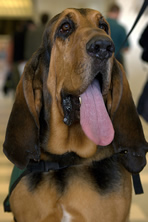
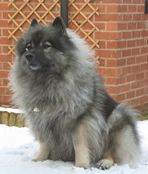 Keeshonds: A guide to dogs and puppies of the Keeshond breed
Keeshonds: A guide to dogs and puppies of the Keeshond breed
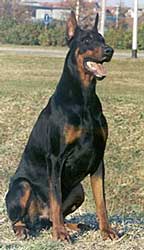 Doberman Pinscher
Doberman Pinscher
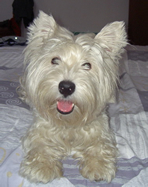 West Highland White Terriers: A guide to dogs and puppies of the West Highland White Terrier breed
West Highland White Terriers: A guide to dogs and puppies of the West Highland White Terrier breed
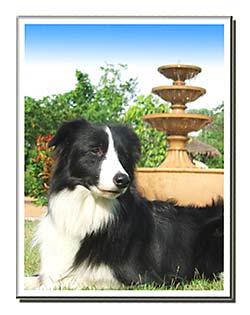 Border Collie
Border Collie
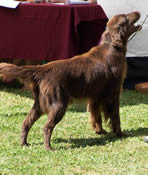 Flat-Coated Retrievers: A guide to dogs and puppies of the Flat-Coated Retriever breed
Flat-Coated Retrievers: A guide to dogs and puppies of the Flat-Coated Retriever breed
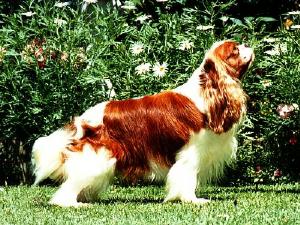 Cavalier King Charles Spaniel
Cavalier King Charles Spaniel
 Welsh Terriers: A guide to dogs and puppies of the Welsh Terrier breed
The Welsh Terrier!
The Welsh Terrier is an old breed dog th
Welsh Terriers: A guide to dogs and puppies of the Welsh Terrier breed
The Welsh Terrier!
The Welsh Terrier is an old breed dog th
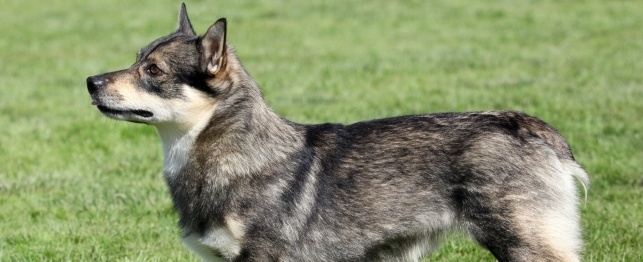 Choosing a Swedish vallhund
Choosing a Swedish vallhund
Choosing a Swedish vallhund
Choosing a Swedish vallhund
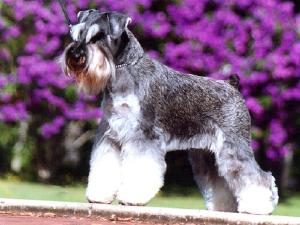 Miniature Schnauzer
Miniature Schn
Miniature Schnauzer
Miniature Schn
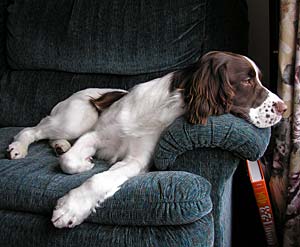 English Springer Spaniel
English Spring
English Springer Spaniel
English Spring
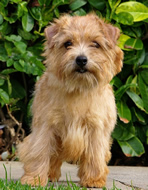 Norfolk Terriers: A guide to dogs and puppies of the Norfolk Terrier breed
The Norfolk Terrier!
The Norfolk Terrier is a charming bree
Norfolk Terriers: A guide to dogs and puppies of the Norfolk Terrier breed
The Norfolk Terrier!
The Norfolk Terrier is a charming bree
Copyright © 2005-2016 Pet Information All Rights Reserved
Contact us: www162date@outlook.com